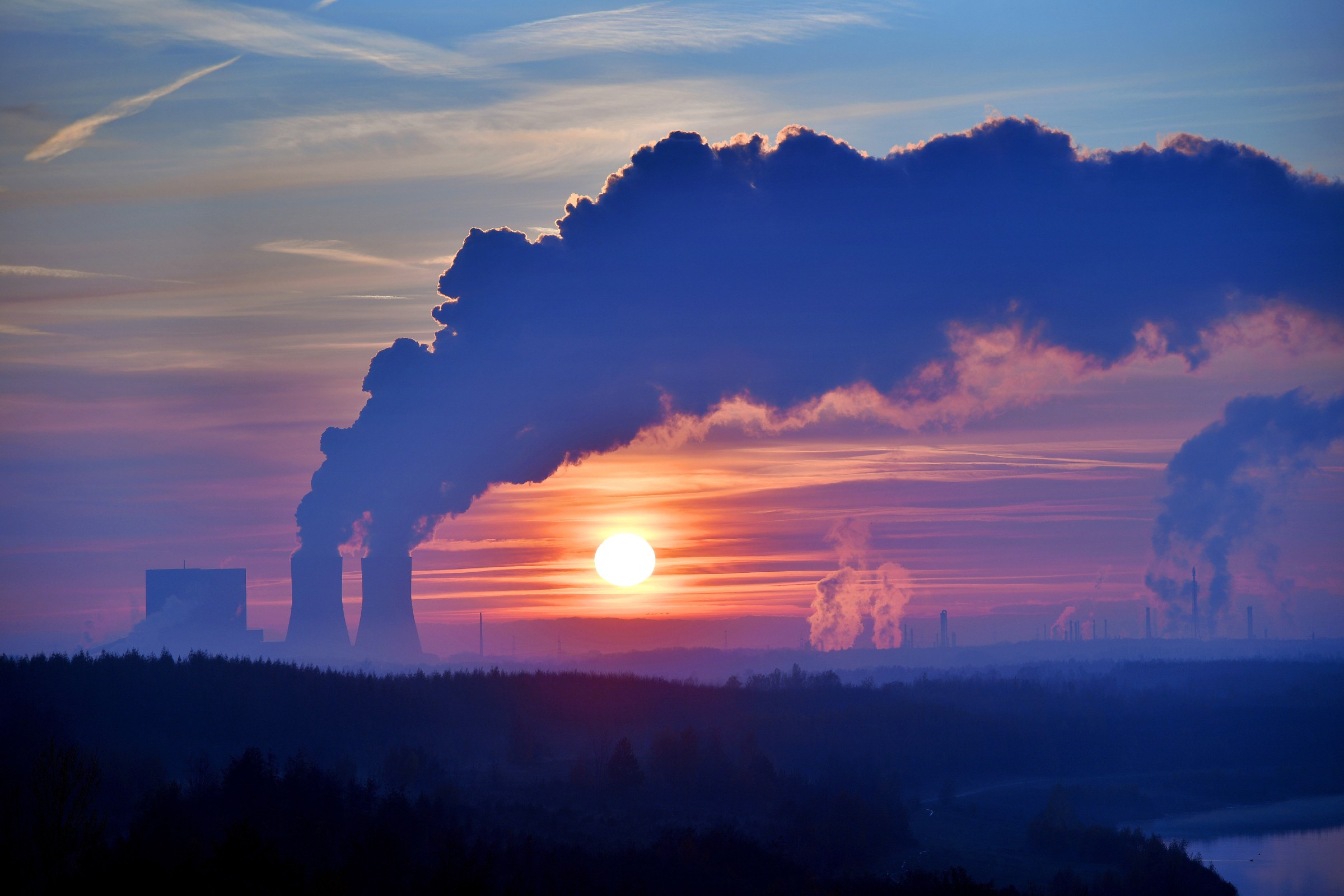2024-11-12 ジョージア工科大学
<関連情報>
- https://research.gatech.edu/novel-machine-learning-techniques-measure-ocean-oxygen-loss-more-accurately
- https://agupubs.onlinelibrary.wiley.com/doi/full/10.1029/2024JH000272
機械学習アルゴリズムを用いて船上観測とアルゴ観測を組み合わせた溶存酸素濃度のマッピングを行う Mapping Dissolved Oxygen Concentrations by Combining Shipboard and Argo Observations Using Machine Learning Algorithms
Takamitsu Ito, Ahron Cervania, Kaylin Cross, Sanika Ainchwar, Sara Delawalla
Journal of Geophysical Research: Machine Learning and Computation Published: 23 August 2024
DOI:https://doi.org/10.1029/2024JH000272

Abstract
The ocean oxygen (O2) inventory has declined in recent decades but the estimates of O2 trend are uncertain due to its sparse and irregular sampling. A refined estimate of deoxygenation rate is developed using machine learning techniques and biogeochemical Argo array. The source data includes historical shipboard (bottle and CTD-O2) profiles from 1965 to 2020 and biogeochemical Argo profiles after 2005. Neural network and random forest algorithms were trained using approximately 80% of this data and the remaining 20% for validation. The training data is further divided into 5-fold decadal groups to perform cross validation and hyperparameter tuning. Through different combinations of algorithm types and predictor variable sets, an ensemble of gridded monthly O2 data sets was generated with similar skills (root-mean-square error ∼13–18 μmol/kg and R2 ∼ 0.9). The largest errors are found in the oxycline and frontal regions with strong lateral and vertical gradients. The mapping was repeated with shipboard data only and with both shipboard and Argo data. The effect of including Argo data on the estimated global deoxygenation trends has a major impact with an 56% increase while reducing the uncertainty by 40% as measured by the ensemble spread. This study demonstrates the importance of new biogeochemical Argo arrays in relatively data-poor regions such as the Southern Ocean.
Key Points
- A new ensemble data set of oxygen is developed based on observations and machine learning algorithms
- The newly developed data set is broadly consistent with established climatology and with deoxygenation rates from other independent studies
- Synthesis of shipboard and Argo-oxygen data increased estimated deoxygenation rates by 56% while reducing the uncertainties by 40%
Plain Language Summary
Oxygen is an essential molecule existing in the seawater. Its concentrations are declining in many parts of the oceans. The causes of the decline are not fully understood but it is thought to be linked to the recent warming of the surface ocean and its impact on the physics and chemistry of the seawater. It is difficult to accurately estimate how much oxygen has been lost from the oceans based on historical measurements because of sparse sampling density and irregular timing of measurements. This study assesses the skill of machine-learning based estimates of oxygen in the global oceans, with the specific aim of synthesizing historical ship-based measurements and new autonomous data from robotic floats. By combining these data, we were able to determine the rate of oxygen loss at finer temporal and spatial regions. Our results show that including float data substantially increases the estimate of oxygen loss while reducing its uncertainty.


